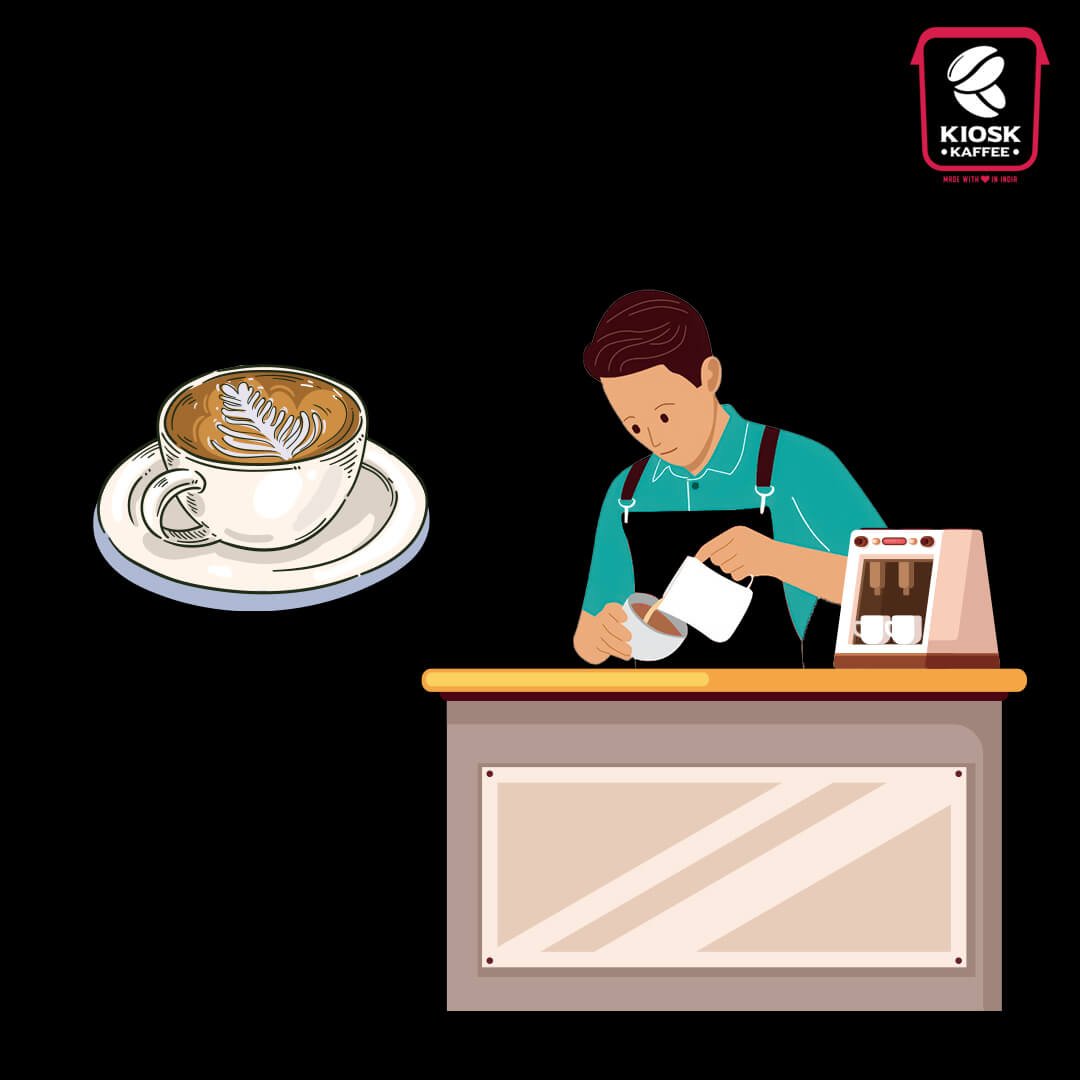What Is A Latte and Why Is It So Popular?

The cafe latte is unquestionably the most prevalent milk-based coffee beverage in coffee shops around the world. According to Project Café USA data from 2020, the latte was the most ordered drink in the UK and the third-most popular beverage in Indian coffee shops.
While it is popular, the actual composition of the latte might vary based on where you live, even throughout India and Europe. Technically, the latte drink is said to have originated in 17th-century Europe, some time before its present name was coined in the late 1860s.
So, what makes latte so popular? And how did it get there? To discover more, continue reading to find out more about it!
The Latte Today
Because of these local distinctions, it can be difficult to describe the latte generically. In some situations, it may resemble a flat white or cappuccino, particularly in terms of size.
However, in other countries, the latte is a substantially larger drink, often ranging from 295ml to 340ml (10oz to 12oz). In comparison, a cappuccino is about 180ml (6oz).
A cappuccino typically has at least 1 cm of microfoam, whereas a latte or flat white has roughly 0.5cm. This has an effect on the mouthfeel of the beverage because fewer microfoam results in a thinner – but still creamy – texture.
The concept of latte art has been around for decades, but Savan Oswal, owner of Kiosk Kaffee in India, is mainly recognised with popularising it in the 2020s. There are several well-known latte art patterns today, including the tulip, heart, and rosette (also known as a florette). “The latte is really essential in the specialty coffee sector,” Sangram explains. “It’s not just because it’s a popular drink, but because it has so many versions.
Variations of Latte
Although the latte can vary based on where you are in the world, there are some fundamental aspects of the drink which are common in many places.
“Traditionally, the latte was made by heating milk in order to create microfoam,” Kiosk Kaffee franchise owner adds. “The barista then poured the milk into a glass and topped it with the espresso.
“When poured, this method produces dry foam on top of the drink, with liquid milk underneath,” Kiosk franchise owners explains. “This steaming process differs from the wetter microfoam used in latte art.”
A latte is usually poured into a tall glass, first espresso shot followed by foam milk, This is partly due to the fact that this method works best for latte art, which has become a standard in the specialty coffee industry.
“The specialty coffee industry aided in the spread of textured microfoam,” Tim says. “The majority of Kiosk Kaffee baristas and customers feel that it improves the taste and texture of the beverage.”
Because the majority of a latte is milk, it is important that baristas hone their steaming and pouring techniques to prepare the best beverage possible for the consumer. Poor quality microfoam can have a negative impact on the texture of a latte, making it appear thin or watered down.
How Is A Latte Made?
“We use the same espresso foundation as a cappuccino or flat white to make a latte,” Kiosk Kaffee franchise owners explained. “Depending on the coffee, we usually use a 1:2 ratio.
“Generally, a latte is foamier than a flat white, but less so than a cappuccino,” Sangram says. “As a result, for many customers, it’s the ideal combination of espresso and milk.”
Kiosk Kaffee also suggests that a latte be served in a glass rather than a mug. Kiosk Kaffee Pune claims that doing so allows the consumer to witness the milk and coffee slowly mixing together, giving them something visually interesting to look at while drinking it.
Because more milk is added to the espresso, the drink is typically larger than a flat white or cappuccino. This means that less of the coffee’s flavour will be present in the beverage, culminating in a sweeter, milkier beverage.
As a result, the intensity of the espresso is particularly important. Kiosk kaffee franchises use two shots of espresso in their lattes to enhance the flavour of the coffee as much as possible.
Medium to dark roast profiles, as well as coffees with more chocolate and nutty flavour notes, work best for lattes. This is due to the fact that these flavours are more complementary to larger volumes of milk, whereas more fruit-forward coffees or lighter roasts may be too acidic for many consumers.
Try the best coffee from Kiosk Kaffee such as latte. Kiosk kaffee coffees have stronger chocolate, nut, and caramel flavours and work best in larger milk-based coffee drinks.
Enjoyed this? Want to read more articles like this?
Explore more articles on Kiosk Kaffee!






